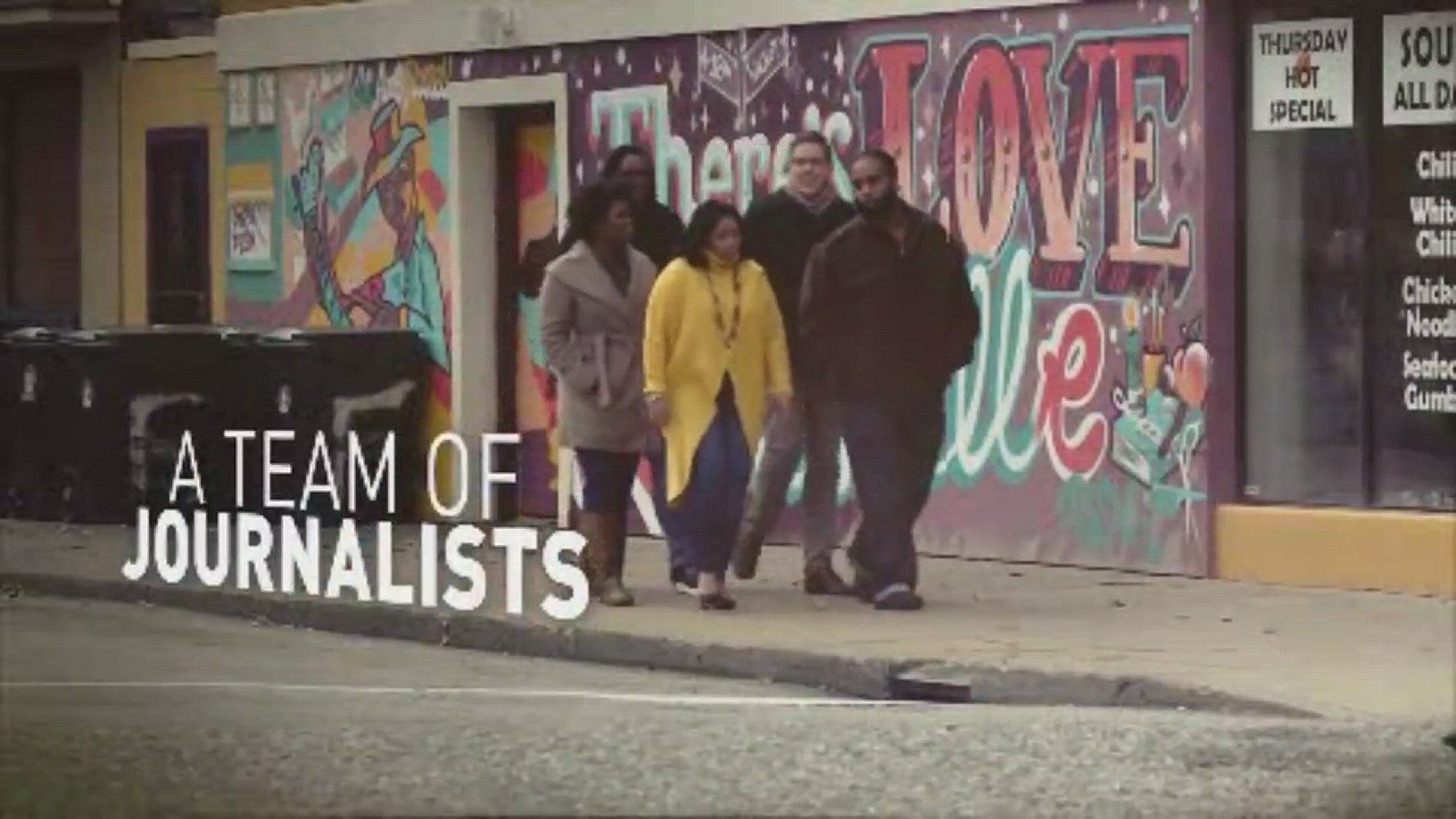THE CONVERSATION
Bringing business back to West Louisville.
Some say it's an area that's been forgotten by new development and an area ripe with possibilities.
So what's stopping growth and how are those in charge looking to make a difference?
Our series, Impact, The 9th Street Divide continues with some answers to questions many of you have asked.
THE STORY
When the Walmart deal fell through at 18th and Broadway recently the disappointment could be felt across West Louisville.
The retail giant signaled hope that a big retailer would move in and a hope that more would follow.
“West Louisville is primed for economic development and growth,” said former Metro Council President David Tandy.
So what's holding it back?
“One of the things we found, a number of years ago, when we did a study about the economy of West Louisville is that it is a cash-based economy,” Tandy said.
Meaning many people don't use credit cards or debit cards.
Tandy says it’s one of the main reasons a big box retailer hasn't moved into the community.
“When they are seeing a mostly cash economy most of the time that doesn't mesh with their matrix,” Tandy said.
Many in the city are looking to change that.
“Retail follows rooftops people have to be here for retail to follow,” Louisville Mayor Greg Fischer said.
Fischer said the number one road to more business is more people in West Louisville and more people in a mixed-income community
“That's been one of the major stumbling blocks that prevented us from overcoming challenges that exist now.”
The city is looking to expand Waterfront Park to West Louisville, there will be a major renovation of the Russell neighborhood and even planting more trees
“We've had decades of disinvestment here and some of which was perpetrated by the federal government policies, so we are having to turn the proverbial battleship back around,” Mary Ellen Wiederwohl, with Louisville Forward, said.
She is talking about what happened in the 1930s.
Under President Franklin Roosevelt the Home Owners Loan Corporation was started. It was a plan to rate communities in a way to prevent foreclosures. But what researcher say ended up happening had a devastating effect on West Louisville.
“It was essentially an abandonment in certain neighborhoods, neighborhoods that may have been accumulating wealth,” researcher Josh Poe said.
Poe compiled years of research about what came to be known as redlining. A government plan that laid out what areas of town were most desirable.
Some parts of West Louisville were highlighted in red. Red was the lowest ranking and it was extremely difficult for residents to get home loans.
“The neighborhoods in the East were essentially overvalued so investment was really guided into that area,” Poe said.
Louisville city leaders say redlining was followed by something called urban renewal in the 1950s and ‘60s.
The federal program designed to save cities by tearing out blocks of old buildings in hopes they’d rebuild but often didn’t.
“I think that by acknowledging that it happened the community at the grassroots level can pursue a path of truth and reconciliation to those areas,” Poe said.
The redline map laying out so much of the past and explains so much of West Louisville’s present to longtime residents.
“It’s quite meaningful to get the actual maps to reassure two generations of folks this really did happen....it really did happen,” Jeana Dunlap, Director of the Office of Redevelopment Strategies, said.
For more information on some upcoming community conversations about the history of redlining in Louisville visit https://louisvilleky.gov/news/city-begins-community-conversation-combat-redlining.
IMPACT: The 9th Street Divide
► PART 1: PERCEPTION
► PART 2: HOW DID WE GET HERE
► PART 3: JONATHAN'S STORY
► PART 4: ECONOMY
► PART 5: UNSUNG HEROES

